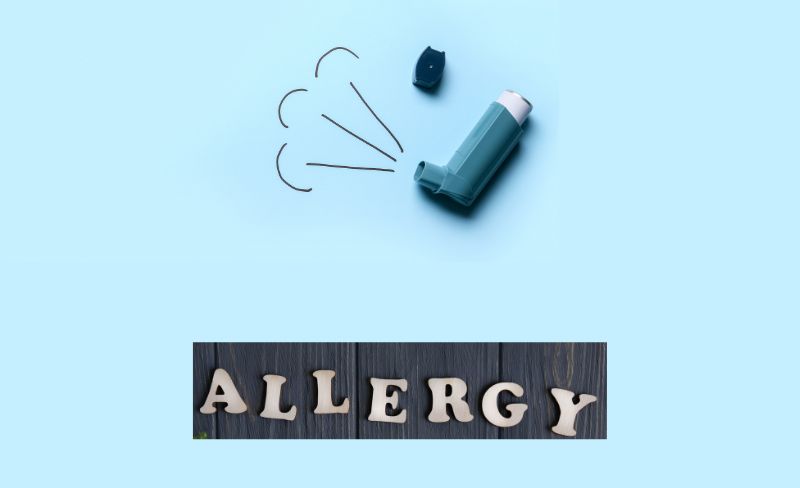Understanding the Allergy-Asthma Connection
Allergies and asthma are common respiratory conditions that often coexist, especially in children. By understanding this connection, parents and healthcare professionals can work together to provide effective treatment and improve the quality of life for children affected by these conditions.
Understanding Allergies : Allergies occur when the immune system reacts excessively to substances that are typically harmless, such as pollen, dust mites, pet dander, or certain foods. When exposed to these allergens, the immune system releases chemicals that cause symptoms like sneezing, itching, watery eyes, and nasal congestion. Allergies can manifest in various forms, including allergic rhinitis (hay fever), eczema, or hives.
The Asthma Connection : Asthma is a chronic respiratory condition characterized by inflammation and narrowing of the airways, leading to symptoms like wheezing, shortness of breath, coughing, and chest tightness. While not all children with allergies develop asthma, studies have consistently shown a strong association between the two conditions. In fact, it is estimated that up to 80% of children with asthma also have allergies.
The Allergy-Asthma Link : Allergies and asthma share a common underlying mechanism known as the atopic or allergic march. This term describes the progression of allergic diseases in a sequential pattern. It often begins with eczema in infancy, followed by allergic rhinitis in childhood, and can eventually lead to asthma later in life.
When a child with allergies is exposed to allergens, such as pollen or dust mites, the immune system overreacts, triggering an inflammatory response in the airways. This inflammation can worsen asthma symptoms in children who already have the condition or even act as a trigger for the development of asthma in susceptible individuals.
Moreover, allergic rhinitis, commonly known as hay fever, can have a significant impact on asthma. The nasal passages and the lungs are closely connected, sharing a common lining called the respiratory mucosa. When allergic rhinitis is left untreated, the persistent inflammation in the nasal passages can extend to the lower airways, further aggravating asthma symptoms.
Prevention and Management : Early detection and proper management of allergies are crucial in preventing or reducing the severity of asthma symptoms in children. Here are some key strategies:
- Allergy Testing: Identifying specific allergens through skin tests or blood tests can help determine the triggers and guide allergen avoidance strategies.
- Allergen Avoidance: Minimizing exposure to allergens, such as using dust mite covers on mattresses, keeping pets out of bedrooms, and avoiding outdoor activities during peak pollen seasons.
- Medications: Depending on the severity of symptoms, physicians may recommend antihistamines, nasal corticosteroids, or bronchodilators to manage allergies and asthma.
- Immunotherapy: In cases of severe allergies, allergen immunotherapy, commonly known as allergy shots, may be considered to desensitize the immune system and reduce the severity of allergic reactions.
Conclusion : As an ENT surgeon, I cannot emphasize enough the importance of recognizing the correlation between allergies and asthma in children. By understanding this link, parents, caregivers, and medical professionals can work together to provide appropriate prevention and management strategies, ultimately improving the quality of life for children affected by these conditions. Early identification of allergies, allergen avoidance, and proper medication can go a long way in reducing asthma symptoms and preventing long-term complications. By staying informed and proactive, we can ensure that children with allergies and asthma receive the care they need to lead healthy and active lives.

